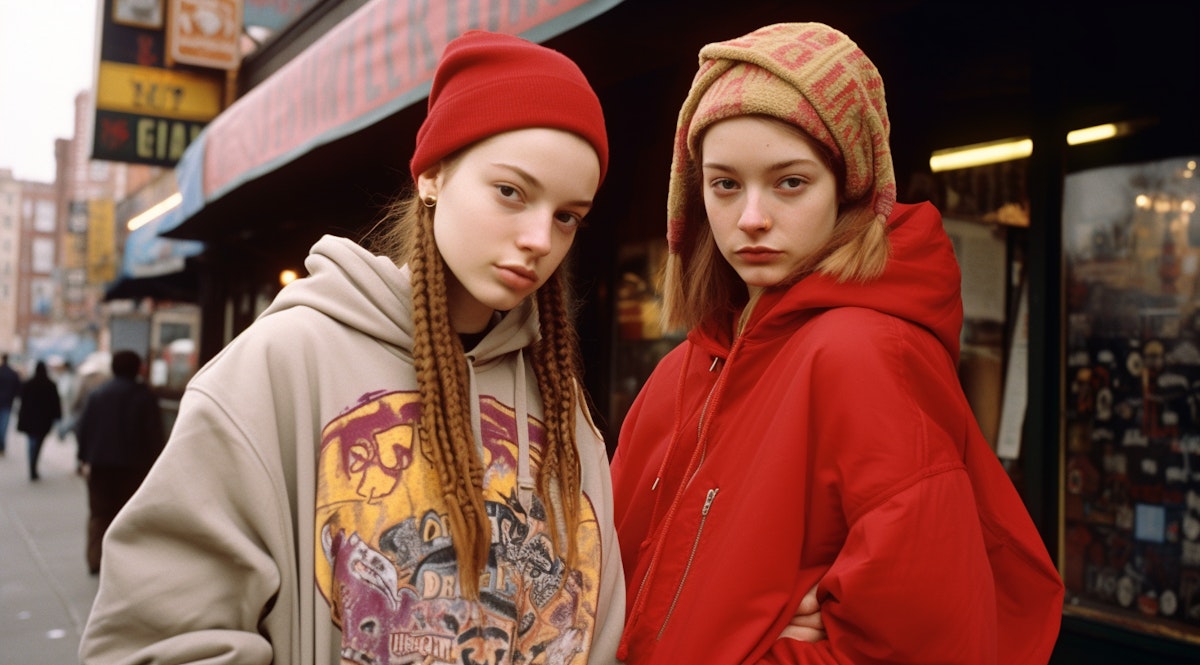Table of contents
Fashion is an ever-evolving landscape, and within its vast world, two dominant styles often spark debate and admiration: streetwear and high fashion. Both have their unique place in the industry and culture, yet they are often compared, contrasted, and even fused together in modern trends. Understanding the difference between streetwear and high fashion is key to appreciating how each style influences global fashion movements and consumer identity.
In this post, we’ll explore what makes these two fashion pillars distinct, how they intersect, and why the line between them is blurring more than ever.
What Is Streetwear?

Streetwear originated from urban environments in the late 20th century, heavily influenced by skate, hip-hop, and surf culture. It’s more than just fashion—it’s a lifestyle movement defined by authenticity, community, and expression.
Key Elements of Streetwear:
- Casual, often oversized silhouettes
- Graphic tees, hoodies, sneakers
- Drop culture (limited-edition releases)
- Youth-driven brands like Supreme, Stüssy, Off-White
- Affordable to luxury pricing spectrum
Streetwear thrives on social media, resale platforms, and cultural relevance. It’s democratic, often rooted in subculture and rebellion.
What Is High Fashion?

High fashion, also known as haute couture, is the elite segment of fashion, associated with prestigious fashion houses, runways, and meticulously crafted garments. It emphasizes artistry, exclusivity, and luxury.
Key Elements of High Fashion:
- Tailored, avant-garde designs
- Exclusive, one-of-a-kind pieces
- Made-to-measure garments
- Brands like Chanel, Dior, Louis Vuitton, Balenciaga
- Presence in fashion weeks and elite fashion magazines
High fashion sets industry trends and is often viewed as wearable art, tailored for a luxury clientele.
Major Differences Between Streetwear and High Fashion
Understanding the difference between streetwear and high fashion comes down to their core values, production methods, target audience, and aesthetic approach.
| Aspect | Streetwear | High Fashion |
|---|---|---|
| Inspiration | Urban culture, music, sports | Art, history, architecture |
| Target Audience | Youth, trendsetters | Elite, high-income clients |
| Accessibility | More accessible, especially entry-level brands | Highly exclusive |
| Production | Mass-produced or limited drops | Made-to-order or small batch |
| Aesthetic | Casual, edgy, expressive | Refined, structured, artistic |
The Blurring Line: Streetwear Meets High Fashion
Over the past decade, the gap between the two has narrowed significantly. Collaborations like Louis Vuitton x Supreme and designers like Virgil Abloh have fused the rawness of streetwear with the polish of high fashion. Brands now understand that combining street credibility with luxury appeal taps into a broader, more dynamic market.
Influencers, celebrity culture, and social media have also contributed to this convergence. Streetwear brings relatability, while high fashion brings aspiration—and modern fashionistas want both.
Why the Debate Matters
Understanding the difference between streetwear and high fashion is not just academic—it helps:
- Consumers make better style choices
- Brands shape their identity and messaging
- Designers innovate by merging subcultures
- Fashion lovers appreciate the diversity of style
Each form of fashion has its voice and power, and in 2025 and beyond, the coexistence and fusion of these worlds will continue to reshape style on a global level.
Frequently Asked Questions (FAQ)
Yes, especially as luxury houses collaborate with streetwear brands and as streetwear evolves with elevated materials and design. The line has become blurred in recent years.
Streetwear resonates with younger generations because it is rooted in self-expression, community, music, and social identity. It’s also more accessible and reactive to trends.
Traditionally, yes—due to high costs and exclusivity. However, elements of high fashion trickle down into affordable collections through designer collaborations with fast-fashion retailers.
Some are. Brands like Off-White, Fear of God, and A-COLD-WALL* have bridged the gap between luxury and streetwear, commanding high price points and appearing in fashion weeks.
Mix structured high-fashion pieces (like tailored blazers or designer handbags) with relaxed streetwear staples (like sneakers or hoodies) for a modern, balanced look.
Final Thoughts
Whether you’re drawn to the raw authenticity of streetwear or the precision of high fashion, both styles offer valuable insights into culture, creativity, and self-expression. Understanding the difference between streetwear and high fashion empowers you to navigate the style spectrum with intention and flair.
As fashion continues to evolve, expect more hybrid designs, boundary-pushing collaborations, and a redefinition of what “style” really means in a post-genre fashion world.





